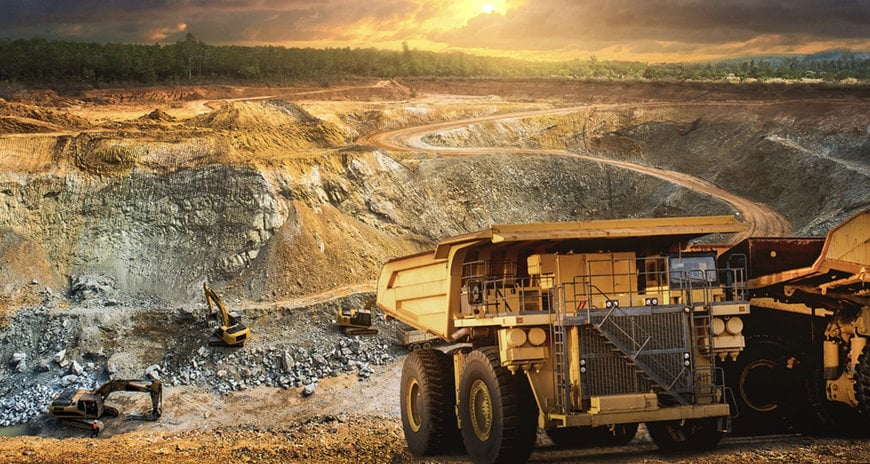railway-international.com
22
'23
Written on Modified on
CUMMINS REAL-LIFE ENERGY SOLUTIONS DECARBONIZING YOUR APPLICATIONS
Companies are increasingly investing in low carbon solutions, including battery-electric and fuel-cell hybrid systems, as well as hydrogen-powered internal combustion engines.

Cummins Inc. has brought to market battery-electric and fuel-cell hybrid platforms as well as electrolyzers critical to producing low carbon and green hydrogen. Green hydrogen is produced when the electrolysis of water to split hydrogen and oxygen is accomplished using renewable power. These include hydro, solar and wind.
We are also engineering fuel-agnostic ICEs. These provide a common architecture that can be optimized for a variety of fuels. Low carbon fuel alternatives include renewable natural gas (RNG), hydrogen and biofuels.
Our customers continue to implement low-carbon solutions from Cummins to power their businesses in mining, marine, rail and power generation applications. Let’s take a look at some of their successes.
The world’s first hydrogen-powered passenger train operates in Germany with a Cummins fuel-cell hybrid solution. Alstom, a French railway equipment manufacturer, partnered with Cummins to engineer, supply and integrate a hydrogen fuel-cell hybrid system. Each of the Coradia iLint trains, which entered commercial service in 2018, can carry up to 300 passengers. The fuel cells combine hydrogen stored in the train’s roof with oxygen in the air to generate electricity. Batteries store the electricity until its needed to power the train’s propulsion and other systems.
Exhaust consists only of water-based products like steam. In addition, the fuel cells consume hydrogen more efficiently than ICEs performing the same task. Trains powered by fuel-cell hybrid systems are quiet. They provide a smooth operating experience with good transient response. They emit low levels of noise.
The total cost of ownership (TCO) over the train’s lifecycle is comparable to trains running on diesel or electrified lines.
The Cummins Tactical Energy Storage Unit was the first battery hybrid power generation system for military use. When paired with Cummins Advanced Medium Mobile Power Sources (AMMPS) generators, the unit helps further reduce fuel consumption, costs and most importantly it significantly increases the safety of troops in combat; because fewer fuel transport runs are required and the operation of the generators are quieter.
The AMMPS units for the U.S. military are 21 percent more fuel efficient, 35 percent quieter and 40 percent more reliable than the previous fleet of Tactical Quiet Generators.
Cummins DKSH Myanmar was selected for designing and commissioning a project to install off-grid power to support the national grid in Kyaw, a remote town in Myanmar. With the country aiming to achieve 100% electrification by 2030, despite logistical challenges, it was important to provide a solution that helped Myanmar in their commitment to a more sustainable future. Eight Cummins HSK78G natural gas generator sets were deployed as the prime power source.
Natural gas is the most widely used alternative fuel and in some cases lowers emissions of greenhouse gases and other pollutants such as NOx and particulate matter.
The compact design of the HSK78G generator sets reduces operating costs, as 40% fewer spark plugs and cylinders are required, as well as, lower fuel and lube oil consumption.
Komatsu Ltd. is collaborating with Cummins to develop hydrogen fuel cell-battery hybrid solutions for mining haul truck applications. Komatsu’s concept calls for a power-agnostic truck. It would run on energy from a variety of sources. These include diesel electric, trolley, battery power and fuel-cell hybrid.
The company is committed to a 50% reduction in CO2 emissions from the use of its products and production of its equipment by 2030 (compared to 2010 levels). Komatsu intends to achieve carbon neutrality by 2050.
www.cummins.com

